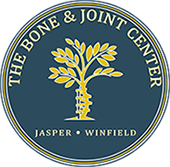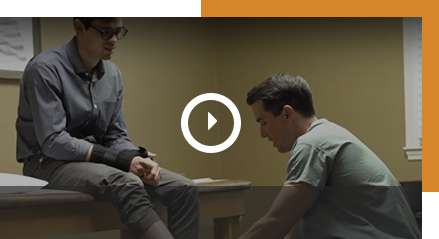What is Mosaicplasty?
Weight-bearing joints, such as the knee, may develop defects in the articular cartilage (spongy tissue that lines and cushions joints during movement) due to stress, trauma or degenerative disease. This can lead to pain, swelling or locking at the joint. Mosaicplasty is a surgical technique to repair the defect by transplanting healthy bone and cartilage from non-weight bearing areas of the knee. It is indicated to treat small cartilage defects of less than 2 cm in young active adults less than 45 years of age.
Surgical Procedure
The surgery is performed under the following steps:
- Mosaicplasty may be performed under general anesthesia, by open surgery or arthroscopy, a minimally invasive procedure that uses a narrow lighted tube with a camera to provide a clear view of the operating site.
- Depending upon the approach, a single large incision or 2 to 3 smaller incisions are made over the affected joint. The defect is removed using a drill and prepared to receive the grafts.
- It is measured to ascertain the number of grafts required to fill the defect. Small healthy cylinders or plugs of osteochondral tissue (cartilage with bone) are harvested from a non-weight-bearing portion of the knee.
- These grafts are inserted into the prepared defect with minimal spacing to fill about 70% of the defect. This allows the body to grow cartilage from the underlying bone and fill in the rest of the defect naturally. The incision(s) are closed.
Recovery after Surgery
Following the surgery, your doctor will prescribe pain medication to keep you comfortable and advise you on limiting or avoiding weight-bearing on your operated leg with the help of crutches. Physical therapy will be introduced to improve range of motion. You will be able to resume your normal activities in 2 to 4 months.
As with all surgical procedures, mosaicplasty may be associated with certain complications such as infection, bleeding, and locking of the joint.




